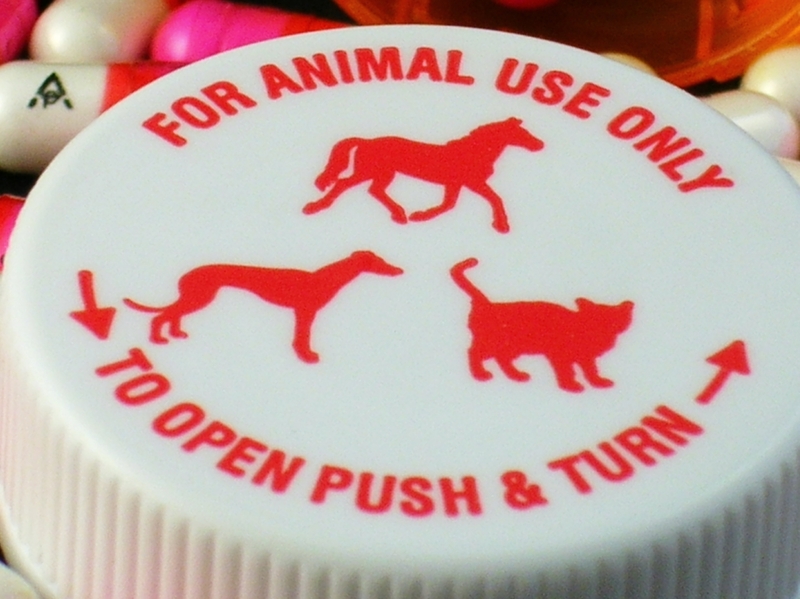Preserving Your Sofa's Beauty and Structure While in Storage
Your sofa is not simply a piece of furniture--it's a central aspect of your home's comfort and style. Whether you're moving, renovating, or simply need more space, placing your couch into storage is a significant investment in its longevity. But did you know that improper storage can lead to loss of beauty, structural damage, and even irreversible staining? In this comprehensive guide, you'll learn how to preserve your sofa's beauty and structure while in storage, ensuring it remains pristine for years to come.
Why Proper Sofa Storage Matters
Sofas are often made with delicate fabrics, intricate woodwork, or plush cushioning--all of which can suffer when not stored correctly. Preserving the beauty and form of your sofa means more than just tossing a cover over it. It involves preparation, choosing the right environment, and ongoing care. Let's explore why you should give serious thought to protecting your couch in storage:
- Maintains Aesthetic Appeal: Avoids dust, stains, fading, and unpleasant odors.
- Prevents Structural Damage: Cushions and frames maintain their shape, avoiding warping or sagging.
- Extends Lifespan: Proper stored sofas last much longer, protecting your investment.
- Saves on Future Repairs: Furniture repair or restoration can be costly and sometimes impossible.

Preparing Your Sofa for Storage
Step 1: Thorough Cleaning
Before you store your sofa, it is essential to clean it thoroughly. Dust, dirt, and crumbs can attract pests and cause long-term damage to upholstery. Failing to clean your furniture can lead to unpleasant surprises when you retrieve it from storage.
- Remove Cushions: Vacuum crevices and under the cushions for hidden debris.
- Upholstery Cleaning: Use a fabric-appropriate cleaner. For fabric sofas, utilize a gentle upholstery shampoo. For leather couches, wipe down with a damp cloth and apply a leather conditioner.
- Allow to Dry: Never store a damp sofa! Moisture is the enemy and leads to mold and mildew.
Step 2: Disassembly for Safe Transport
For the best chance of preserving your sofa's structure in storage, consider partial disassembly if possible. Detach legs, remove cushions, or separate sectional pieces. This not only makes transport easier but also reduces stress on joints and frames.
- Use labeled bags for screws and hardware, taping them securely to the sofa base or storing together in a clearly marked box.
- Photograph each component before disassembly for easy reassembly.
Choosing the Right Storage Unit
The choice of storage location is critical to maintaining your sofa's beauty and structural integrity. Not every storage solution is created equal. Consider these crucial factors:
- Climate Control: Fluctuating temperatures and humidity can cause leather to crack and fabrics to develop mold. Choose a climate-controlled unit when available.
- Clean Environment: Select a facility with pest management and regular cleanliness inspections.
- Size Matters: Your sofa should not be squished or stacked under heavy objects; this risks compression damage.
Indoor vs. Outdoor Storage
While outdoor storage might seem cost-effective, exposure to the elements can be disastrous. Rain, snow, or even high humidity ruins upholstery and invites pests. For maximum sofa preservation, always opt for an indoor, climate-controlled unit.
The Art of Wrapping and Protecting Your Sofa
Using the right packing materials is crucial for protecting your sofa in storage. Incorrect wrapping can trap moisture or fail to defend against dust and scratches.
Materials You'll Need
- Moving blankets or furniture pads
- Plastic wrap (preferably breathable)
- Cotton sheets or specially designed sofa covers
- Packing tape or ties
How to Wrap Your Sofa
- Pillow and Cushion Storage: Store sofa cushions separately in cotton covers or bags. Never use airtight plastic as it promotes mildew.
- Wrap with Protective Padding: Use moving blankets to wrap all sides of the sofa. These prevent scratches and cushion impacts during transport.
- Cover with Breathable Material: After padding, cover the wrapped sofa in a cotton sheet. Avoid sealing with non-breathable plastic, which can trap condensation and encourage mold growth.
- Seal Gently: Use ties or a small amount of tape to keep covers in place. Do not wrap tightly, as air flow is necessary.
Storing Your Sofa: Best Practices
The Ideal Position
- Keep Upright: Always keep your sofa in its natural upright position. Storing on its side or back causes frame and cushion distortion.
- Elevate Off the Floor: Avoid direct contact with the floor by placing your sofa on wooden pallets or plastic risers. This prevents water damage and improves airflow.
- Avoid Heavy Stacking: Never place heavy items on top of your sofa; the pressure warps frames and compresses cushions permanently.
Space for Airflow
- Leave at least 2-3 inches of space between the sofa and surrounding walls or other objects for proper ventilation.
- Arrange items loosely in the storage unit to minimize pressure points.
Pest and Damage Prevention
- Use desiccant packs: To help control moisture and avoid odor or mildew growth inside the wrapping.
- Inspect for pests: Place traps or deterrents as recommended by storage professionals.
- Store cushions separately: Keeping cushions apart allows for better ventilation and less risk of deformation.
Maintaining Sofa Condition During Storage
Regular Visits and Inspections
- Visit your storage unit every few months to check for signs of moisture, pests, or other issues.
- Periodically air out the sofa if possible; lifting covers briefly can prevent musty smells from developing.
- If any issues are detected, address them immediately to avoid further damage.
Monitoring Humidity and Temperature
- Use a portable hygrometer to check humidity levels--ideally, keep it below 50%.
- Consider investing in moisture absorbers for added protection.
Best Products for Sofa Preservation
- Furniture polish: For wood trims or legs, applying polish pre-storage maintains a vibrant finish.
- Leather conditioner: Keeps leather supple and prevents cracking in dry environments.
- Fabric spray: Use a protective spray suitable for your upholstery to repel dust and stains.
Unpacking and Reintegrating Your Sofa
When you're ready to bring your sofa home, proper handling ensures it returns to use in perfect condition.
Steps for Safe Unpacking
- Remove covers and blankets carefully, checking for signs of pest or mildew before bringing the sofa into your main living space.
- Give the sofa a light clean and allow it to air out before use.
- Reassemble any removed legs or parts, referencing your earlier photographs for guidance.
- Fluff and reshape your cushions; if flattened, gently pat and rotate for even distribution.
Final Touches to Restore Beauty
- Apply fabric or leather refresher spray to eliminate any lingering storage odors.
- For deep creases in upholstery, use a portable steamer or set the sofa in a sunny, ventilated spot for a few hours.

Common Mistakes to Avoid When Storing Your Sofa
- Storing a dirty sofa: Ground-in stains, crumbs, or oils attract pests and can set permanently over time.
- Tight plastic wrapping: Traps moisture leading to mold and mildew.
- Ignoring climate control: Temperature fluctuations cause wood and fabric to expand and contract, resulting in cracks or warping.
- Stacking items on your sofa: Creates indentations and destroys structural integrity.
Conclusion: Ensure the Longevity and Allure of Your Sofa
Preserving your sofa's aesthetics and structure while in storage isn't complicated, but it does require detailed care and attention. By following the best practices outlined in this guide--including thorough cleaning, proper wrapping, and choosing an ideal storage environment--you are well on your way to keeping your couch beautiful and structurally sound for many years. Invest a bit of time and effort now, and your sofa will continue to serve as the comfortable, stylish centerpiece of your home for a long time to come.
Remember: A well-preserved sofa is an investment in both comfort and style. Follow these expert tips for sofa storage and experience the peace of mind that comes from knowing your cherished furniture is always in its best shape, ready to welcome you home.



